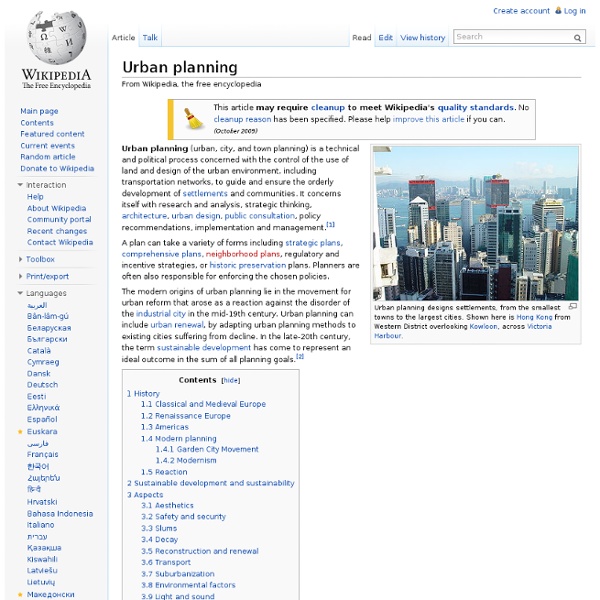Zoom
Trash
Related:



Dr. Alan Evans, Dr. Oliver Marc Hartwich | "Smart Growth" and "New Urbanism" ... (May 19, 2012) Dr. Alan Evans is Professor of Economics at the University of Reading (United Kingdom) is one of the world’s experts on land use economics. He is a prolific author of several books and articles on land use economics (see full text links below). Dr. Evans is director of The Centre for Spatial and Real Estate Economics (CSpREE), within the Henley Business School at the University of Reading. According to the CSpREE web site: - “CSpREE specialises in the theoretical, empirical and applied economic analysis of property markets and the spatial economy. The Centre maintains strong links with government, the professions and industry while also developing extensive international collaborations. Members of the Centre - Professor Alan Evans - DirectorDr Graham CramptonMr Eamonn D’Arcy Dr Federico MartellosioProfessor Geoff Meen Dr. Dr. Dr. Here are some of Dr. EVANS, Alan: “Economics and Land Use Planning” (2004) Dr.
Connecting Two Continents Ultimate Challenge Artist's rendering of concept for the Bering Strait bridge. The Bering Strait was last crossed by humans 20,000 years ago during the ice age, when ice formed a bridge between North America and Asia. Today, 47 miles and some of the harshest ocean and arctic conditions separate the two continents. However, there are many who believe there would be great economical, sociological, and political value in connecting the two land masses by bridge or tunnel. However, despite the potential benefits, there have yet to be any serious attempts to put these concepts into reality. Climatic, Geologic, and Geographic Challenges The Bering Strait lies just south of the Arctic Circle and is subject to long, dark winters and extreme weather [average winter lows of −20 °C (−4 °F) with extreme lows approaching −50 °C (−58 °F)] and high winds. The region is marked by frequent and sometimes large-magnitude earthquakes. Adding to these challenges is the barren desolation on either side of the strait.
Innovations in Copper: Mining & Extraction: Producing copper nature's way: Bi... Copper Applications in Mining & Extraction By William H. Dresher, Ph.D., P. E. Summary | Examples | Background | Chemistry of Bioleaching | Microbiology of Bioleaching | Leaching Method | Costs | Research | Conclusions | References Summary Bioleaching is the extraction of a metal from sulfide ores or concentrates using materials found native to the environment; namely, water, air and microorganisms. An associated process is biooxidation. Bioleaching involves the use of microorganisms to catalyze the oxidation of iron sulfides to create ferric sulfate and sulfuric acid. Since bioleaching is a natural process, one undesirable effect is the creation of metalliferous acid drainage from the slow weathering of sulfide mineral outcrops and from abandoned mines. Examples of Current Industrial Bioleaching Operations 1 Following early development work and application in the United States, Chile has become a major developer of bioleaching on an industrial scale. Background Chemistry of Bioleaching